 When two Nashville police officers responded to a home burglary report in 2014, they found Alexander Baxter hiding in a basement. Baxter put his hands in the air. Nevertheless, the police unleashed a K-9 unit, which bit Baxter under his armpit.
When two Nashville police officers responded to a home burglary report in 2014, they found Alexander Baxter hiding in a basement. Baxter put his hands in the air. Nevertheless, the police unleashed a K-9 unit, which bit Baxter under his armpit.
Baxter sued the officers for excessive force, but in 2018 the Sixth Circuit Court of Appeals ruled that, whether or not Baxter’s rights were violated, the officers were immune from his lawsuit. It wasn’t clearly established, the court said, that using a police dog to apprehend him while his hands were raised was unconstitutional.
The decision hinged on a notorious doctrine, known as “qualified immunity,” that protects police from lawsuits when reasonable officers wouldn’t know they were committing a constitutional violation. Now the American Civil Liberties Union (ACLU) is asking the Supreme Court to reconsider not just Baxter’s case but the entire doctrine of qualified immunity, which has faced a growing bipartisan chorus of criticism.
The ACLU today filed a petition for a writ of certiorari asking the Supreme Court to not only review Baxter’s case but revisit the current standard for qualified immunity. “The costs of qualified immunity to the rule of law are real and significant,” the ACLU writes. “Because qualified immunity relies centrally on the question of when the unlawfulness of particular conduct has been ‘clearly established’—an inquiry for which a consistent standard has eluded federal courts for a generation—the jurisprudence of qualified immunity is beset with inconsistency.”
As The New Republic recently noted, qualified immunity has recently come under criticism from both originalist and liberal judges. On the Supreme Court itself, arch-conservative Justice Clarence Thomas wrote in 2017 that qualified immunity should be revisited in an appropriate case, and while liberal Justice Sonia Sotomayor has bemoaned its effects on lawsuits over police shootings.
“As I have previously noted, this Court routinely displays an unflinching willingness to summarily reverse courts for wrongly denying officers the protection of qualified immunity but rarely intervenes where courts wrongly afford officers the benefit of qualified immunity in these same cases,” Sotomayor wrote in a 2018 dissent.
U.S. Circuit Judge Don Willett wrote in a 2018 decision that, “To some observers, qualified immunity smacks of unqualified impunity, letting public officials duck consequences for bad behavior—no matter how palpably unreasonable—as long as they were the first to behave badly.”
Reason‘s Damon Root described the Court’s 1982 decision in Harlow v. Fitzgerald, which established the current test for qualified immunity, as one of the five worst Supreme Court decisions of the past 50 years. It has caused an enormous number of civil rights lawsuits to be tossed. This January, for example, the 11th Circuit Court of Appeals granted qualified immunity to a Georgia district attorney who allegedly defamed a wrongly convicted man in order to scuttle a bill in the state legislature that would have compensated him for his seven years behind bars.
“Although we conclude that Echols’s complaint states a valid claim of retaliation under the First Amendment, we agree with the district court that Lawton enjoys qualified immunity because Echols’s right was not clearly established when Lawton violated it,” the court wrote.
The Second Circuit Court of Appeals ruled last year that two New York prison guards violated an inmate’s First Amendment rights when they put him in solitary confinement for nine months for refusing to become a snitch, but added that this right wasn’t clearly established at the time and therefore the guards were covered by qualified immunity.
The fuzzy definition of “clearly established” has led to confusion between courts. The Third Circuit Court of Appeals overturned a lower court’s ruling that granted qualified immunity to a police officer who took intimate photos of a woman on his personal cell phone after she went to a police station to report a sexual assault.
“Qualified immunity undermines official accountability and lacks any sound legal basis,” ACLU attorney Emma Andersson tells Reason. “It weakens respect for the rule of law by widening the gap between rights and remedies, and it denies justice to the victims of many constitutional violations.”
from Hit & Run http://bit.ly/2I4TnLn
via IFTTT
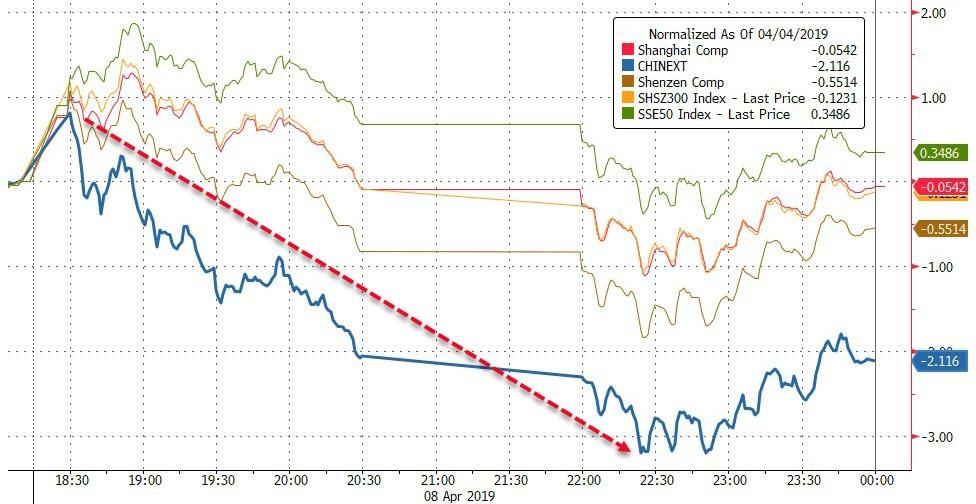
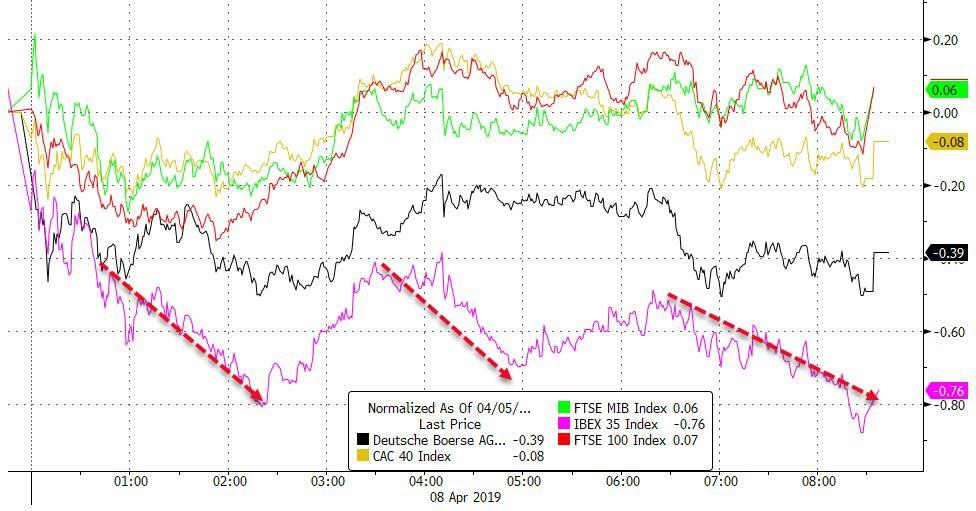
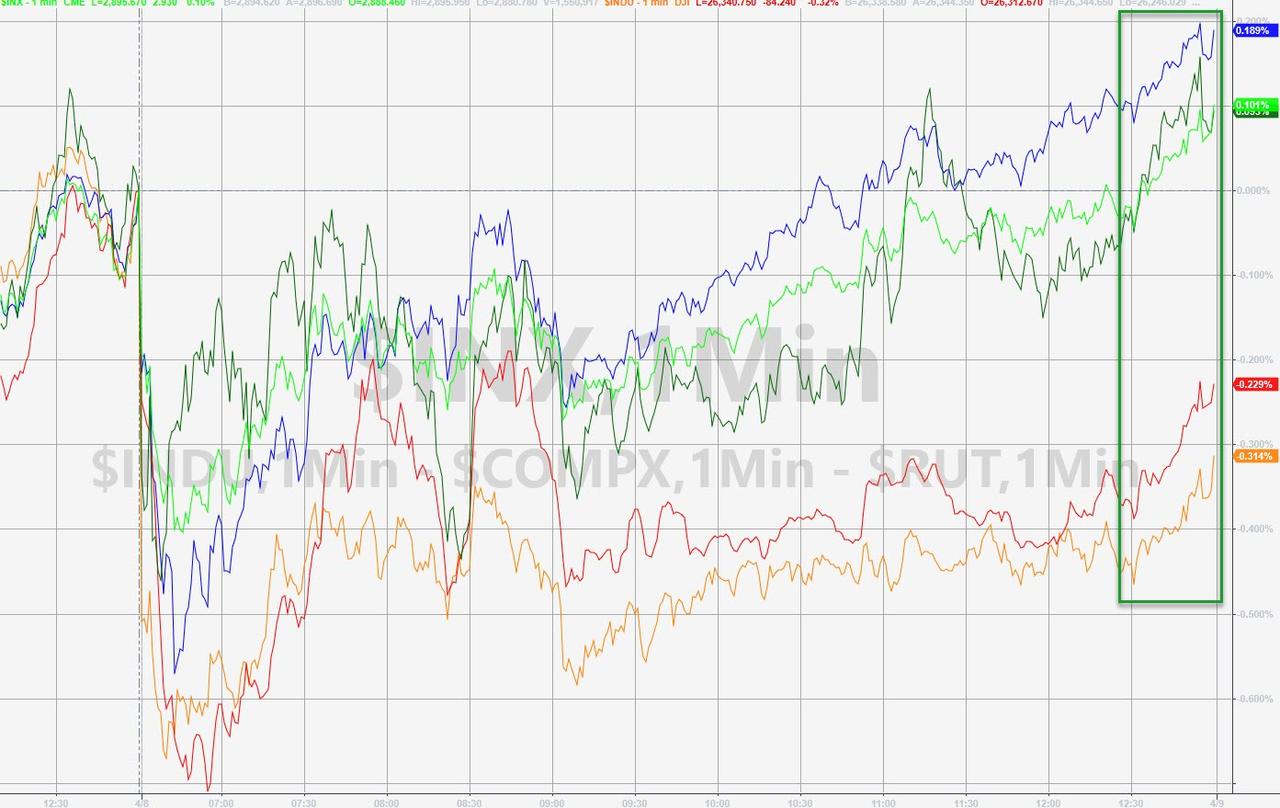
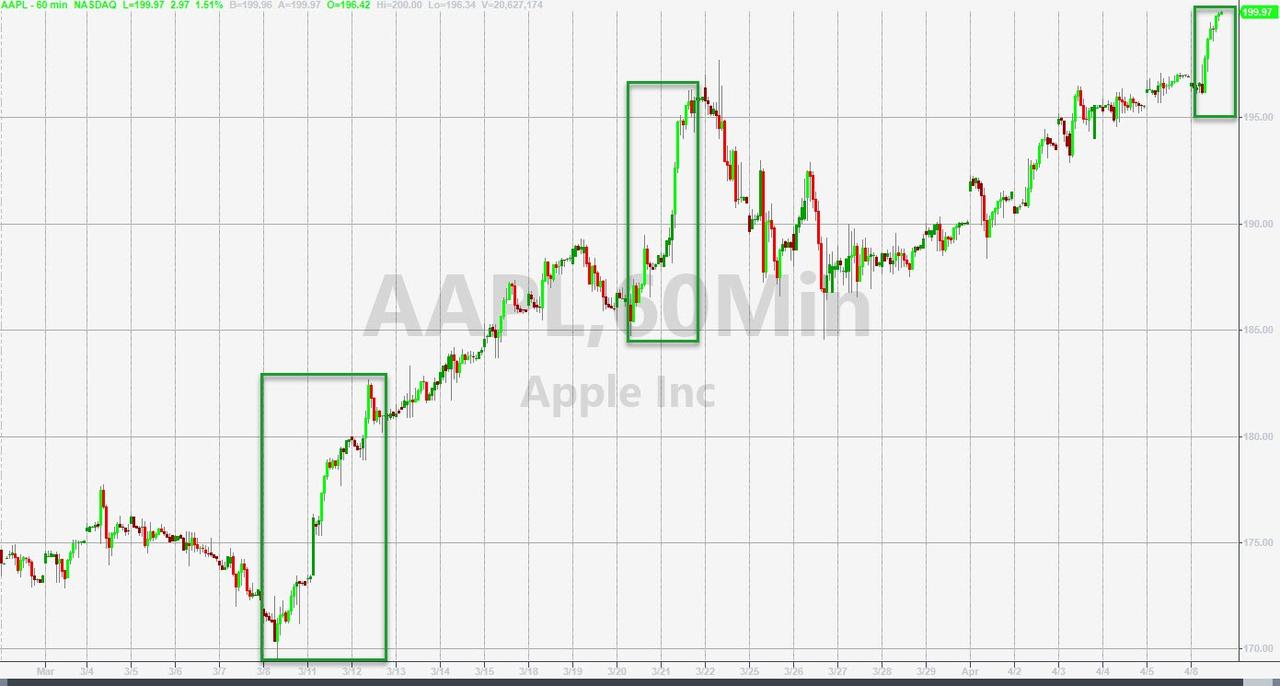


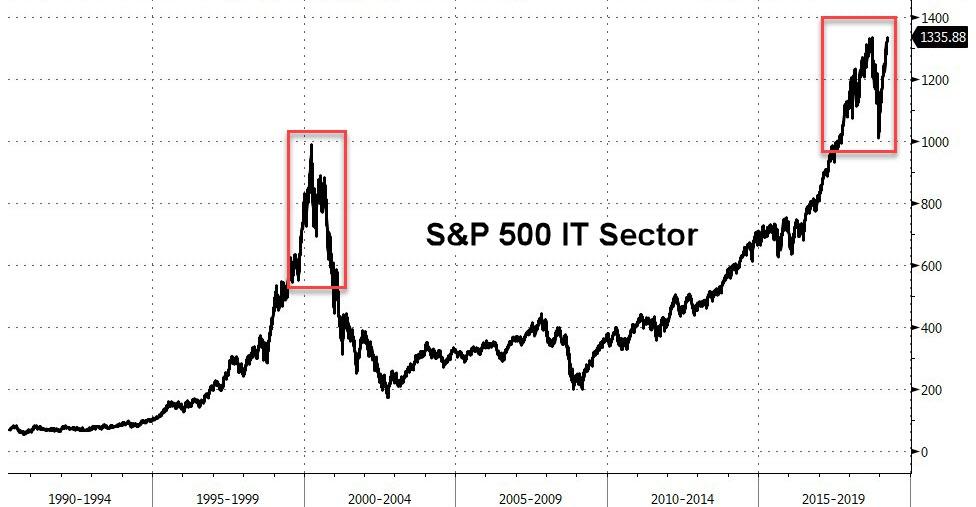
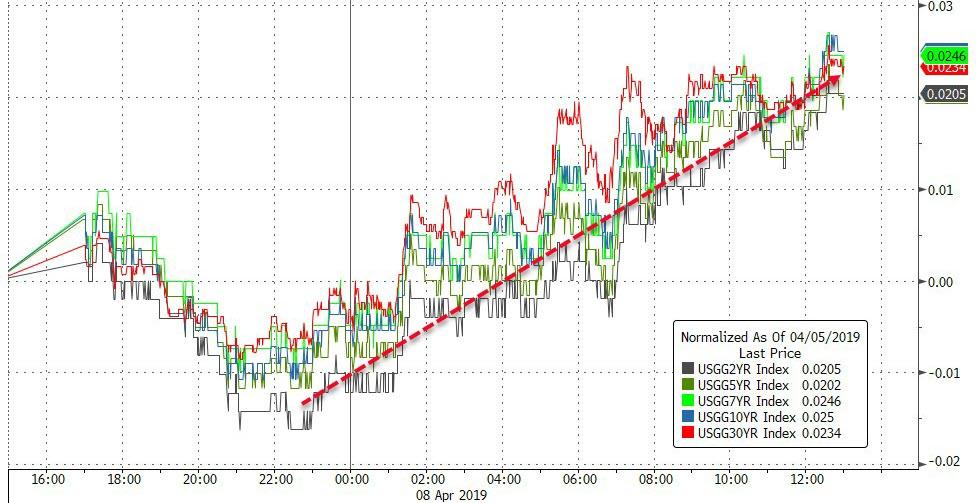
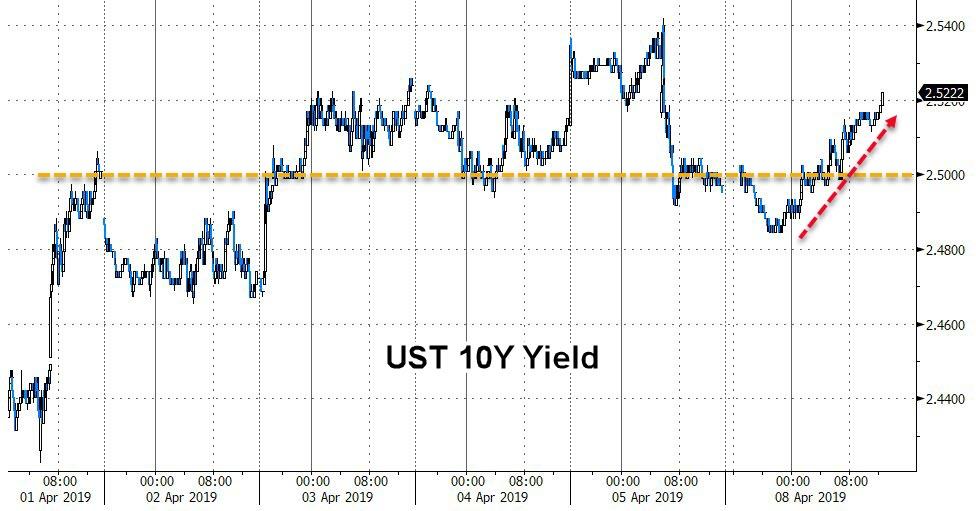
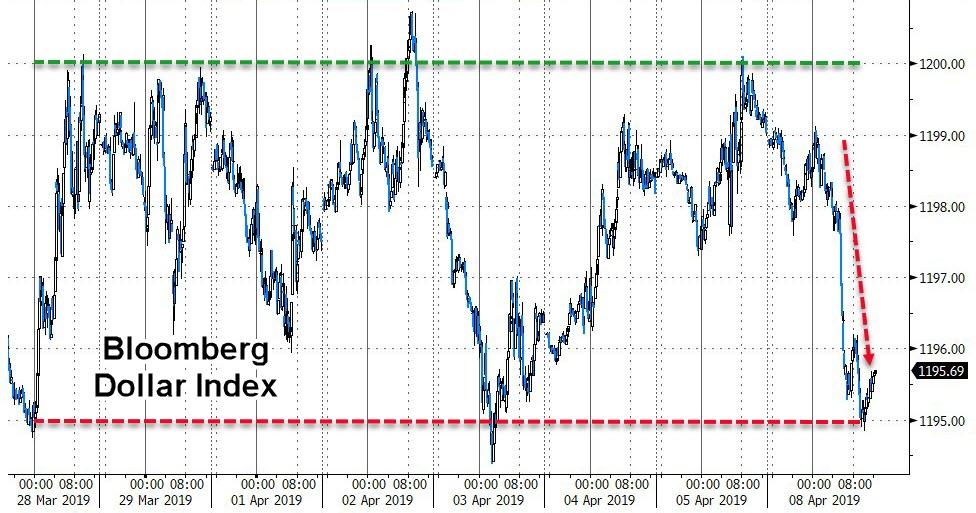
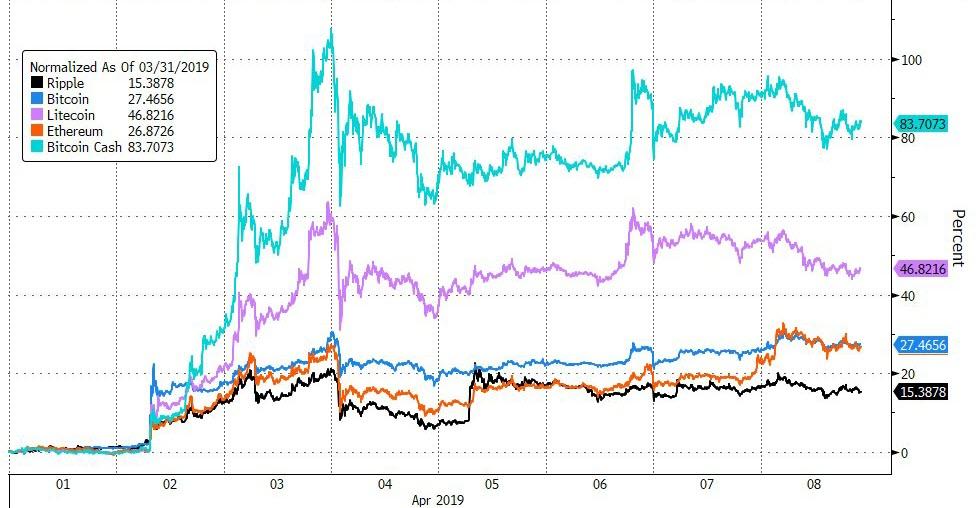
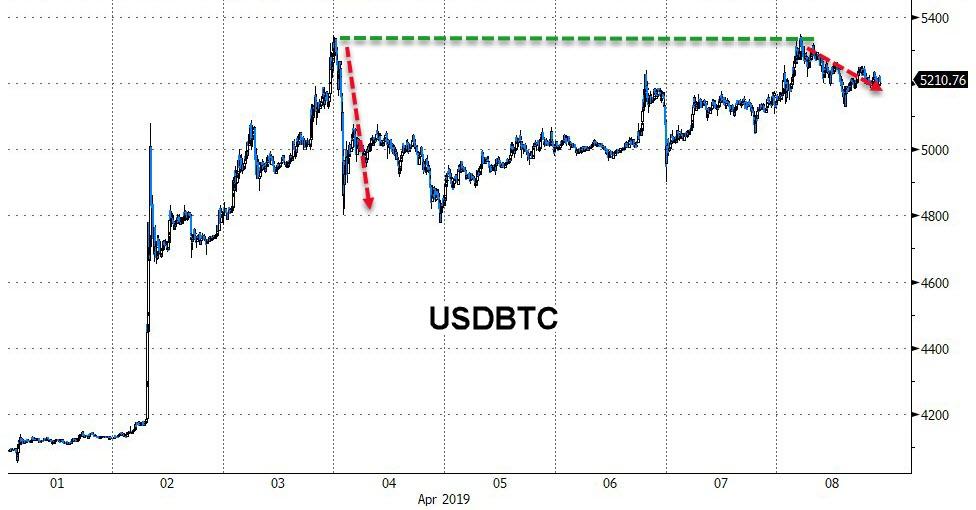
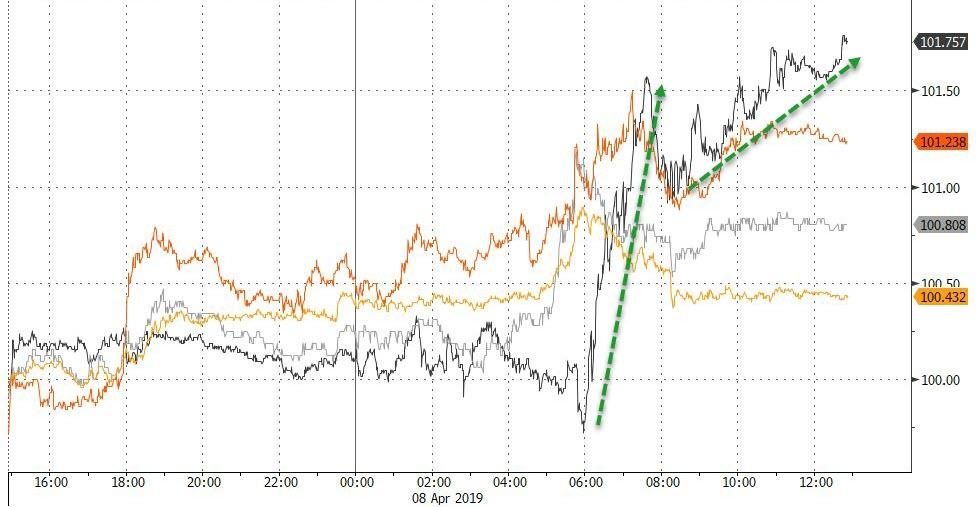
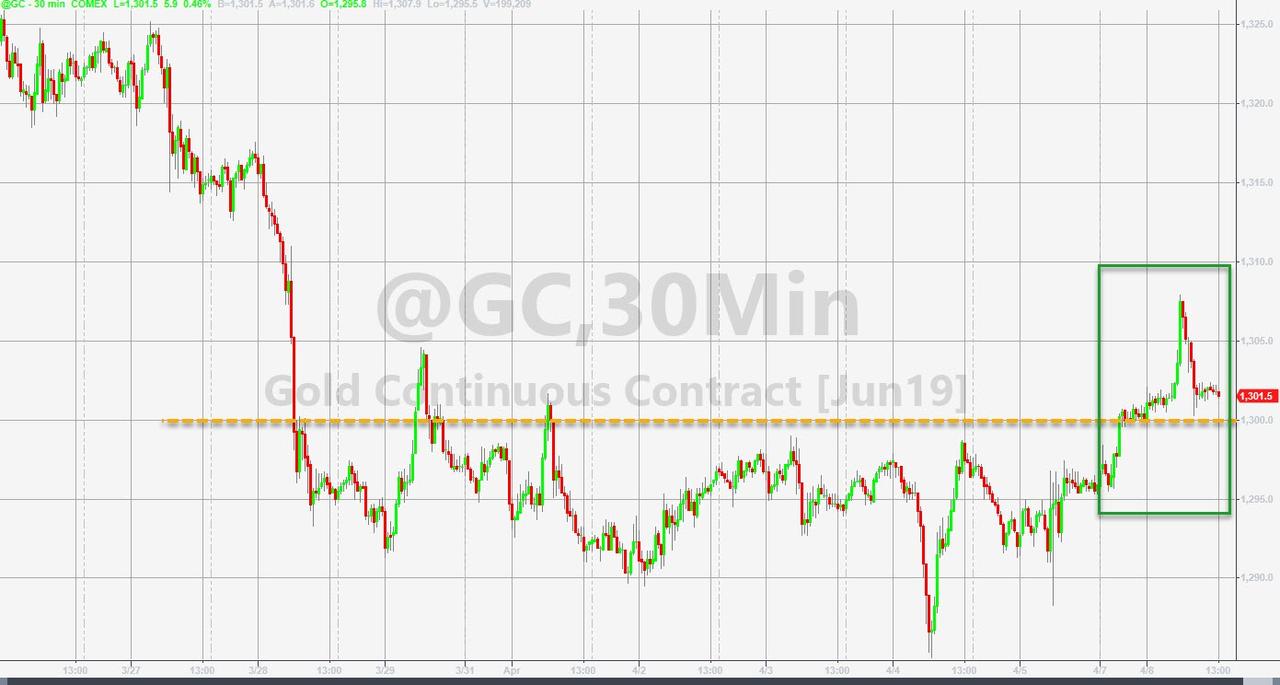

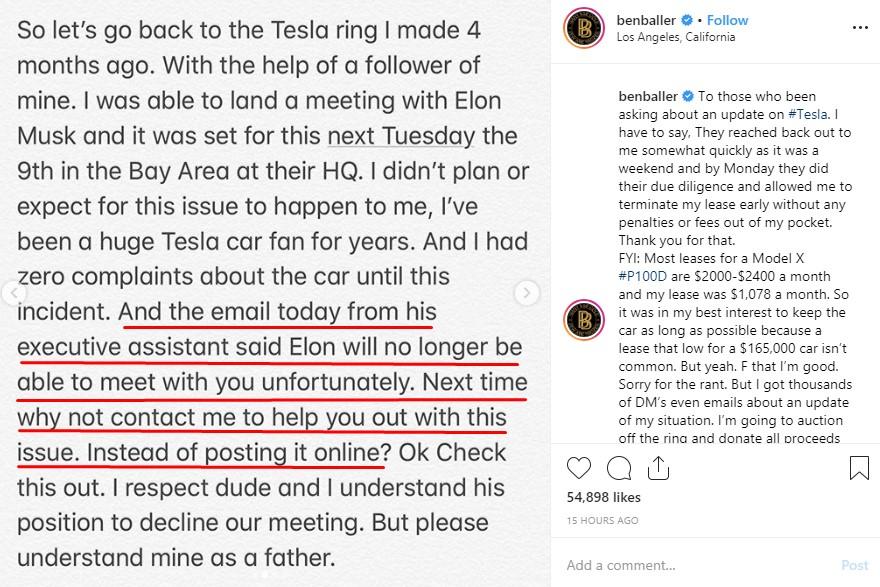

 The past 24 hours have seen two unrelated events tethered to America’s ever-contentious immigration debates: (1) President Donald Trump
The past 24 hours have seen two unrelated events tethered to America’s ever-contentious immigration debates: (1) President Donald Trump 

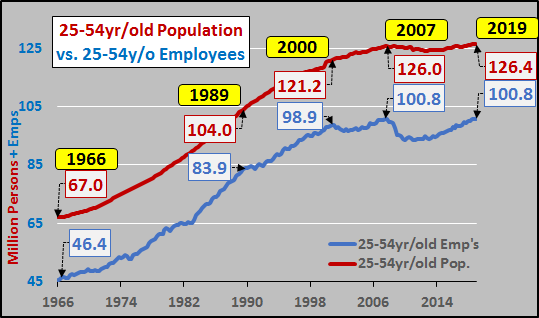

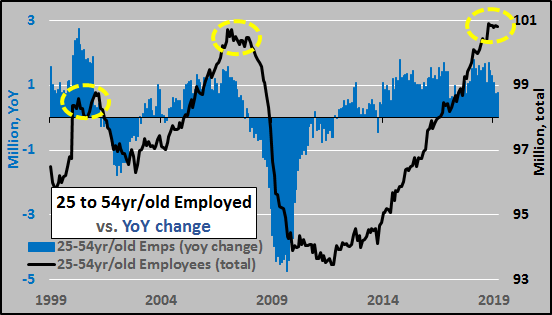
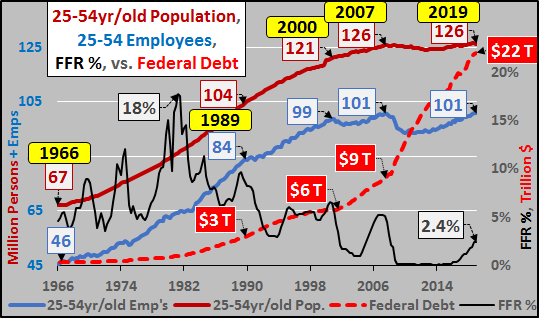
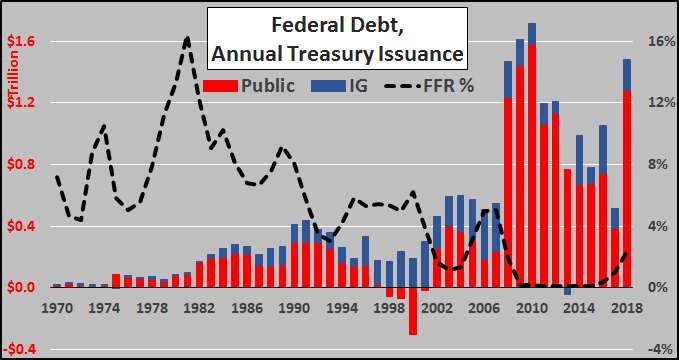
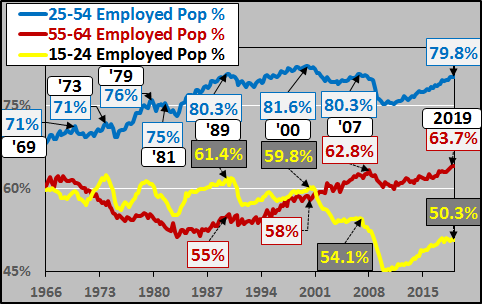
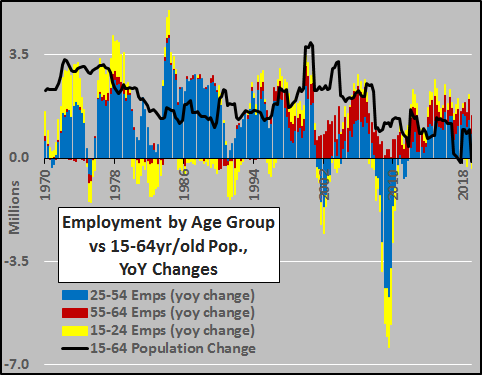
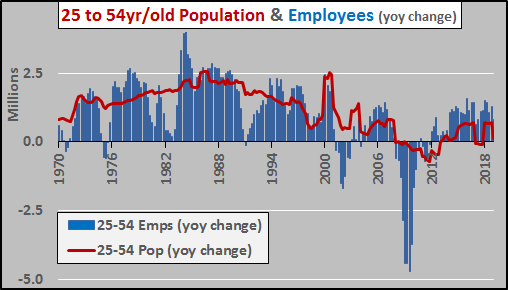
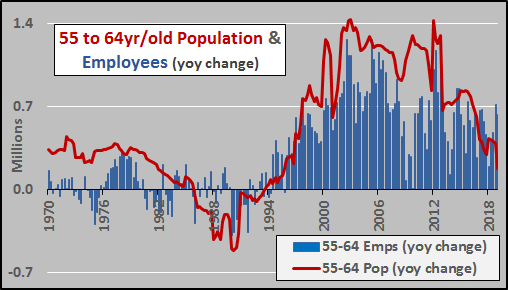

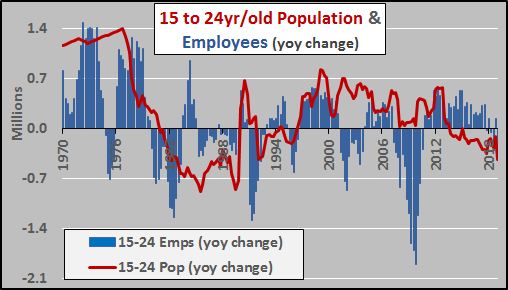
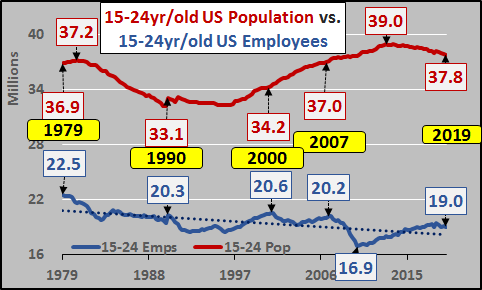
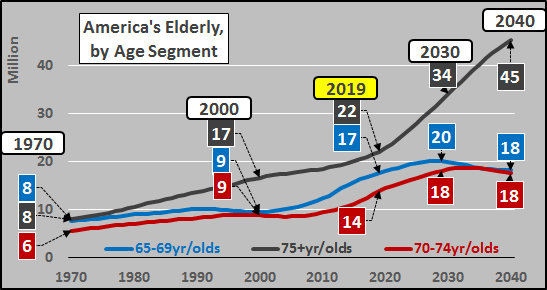
 A group of George Mason University students is demanding that Associate Supreme Court Justice Brett Kavanaugh not take a position as a visiting law professor—and some professors are voicing support for them.
A group of George Mason University students is demanding that Associate Supreme Court Justice Brett Kavanaugh not take a position as a visiting law professor—and some professors are voicing support for them.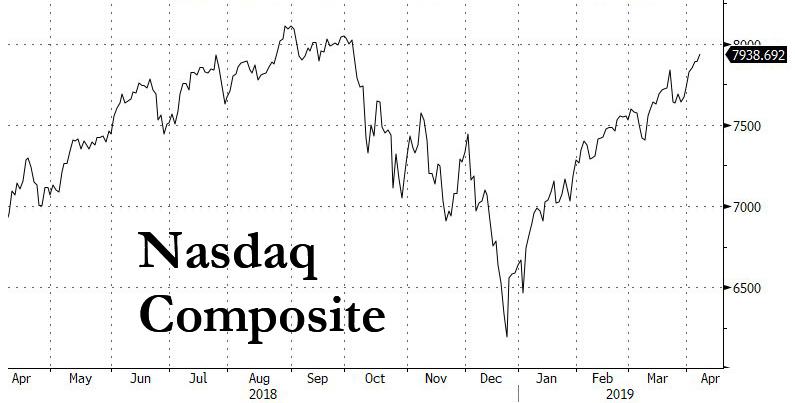
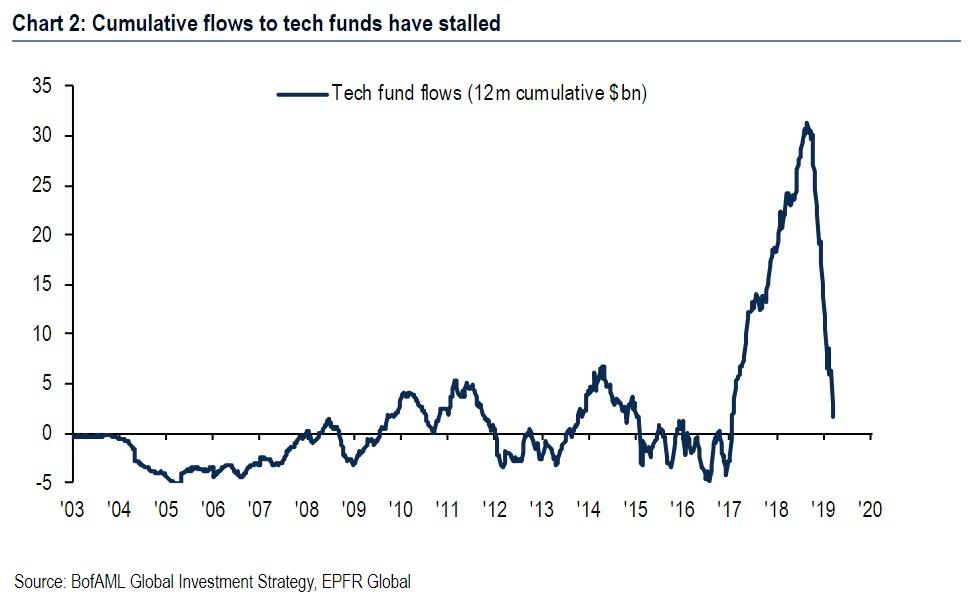

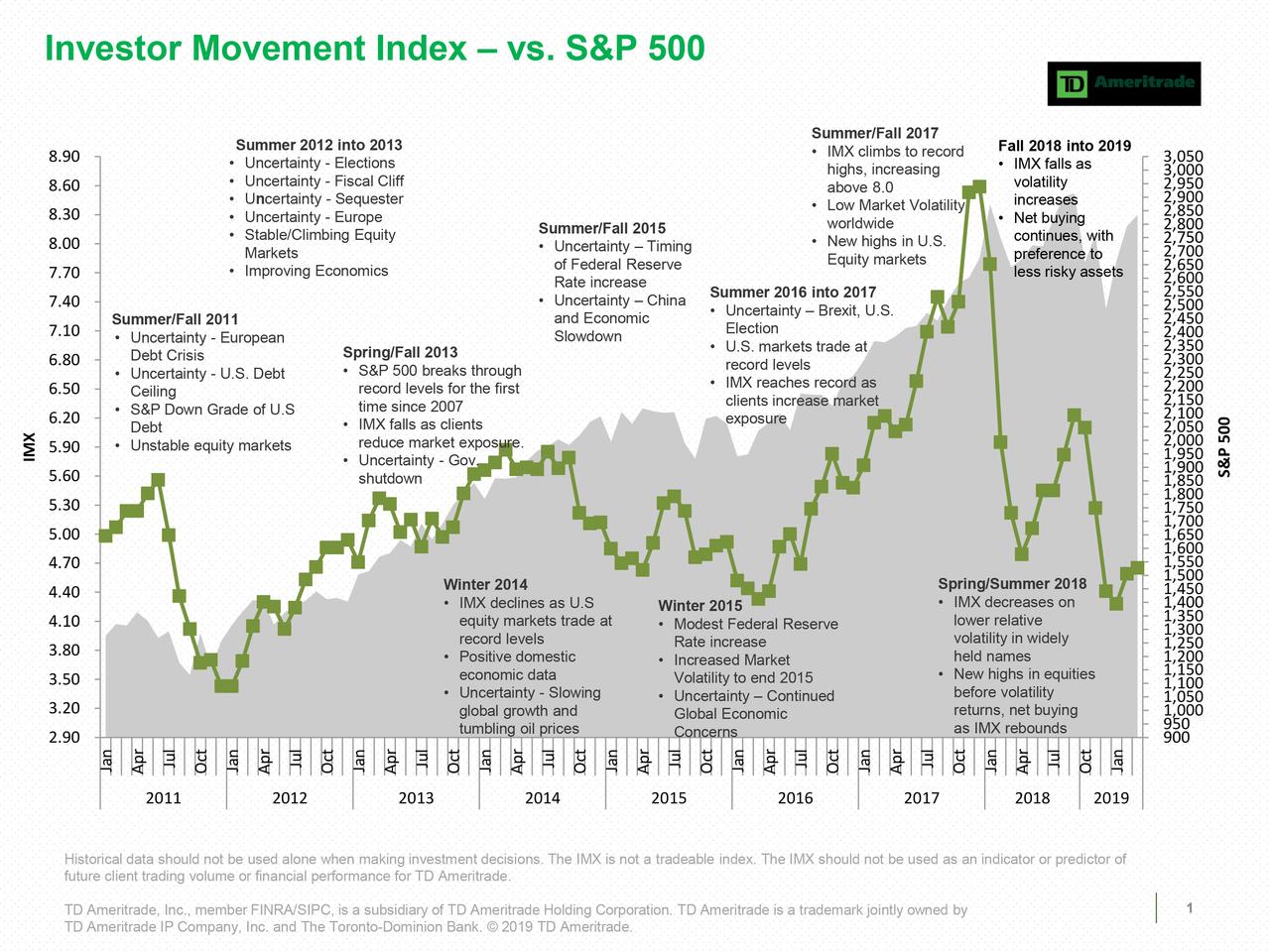


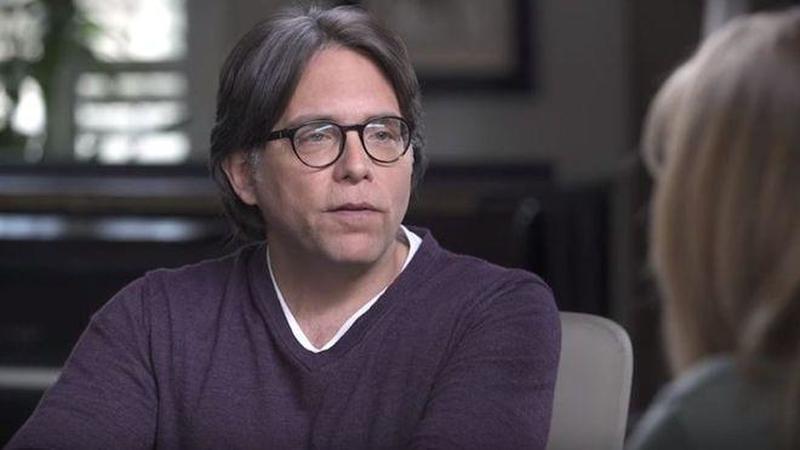
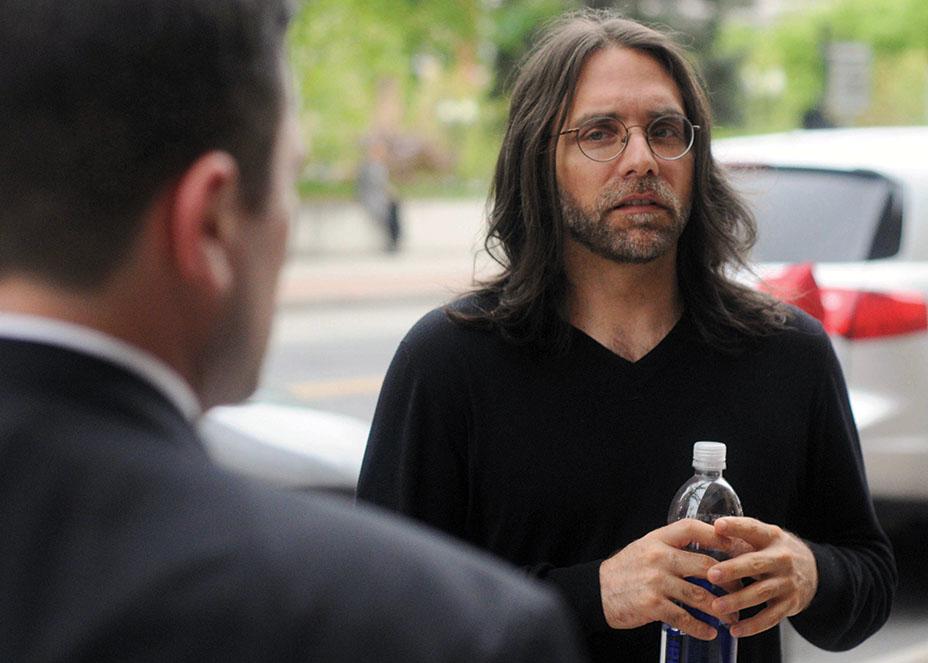


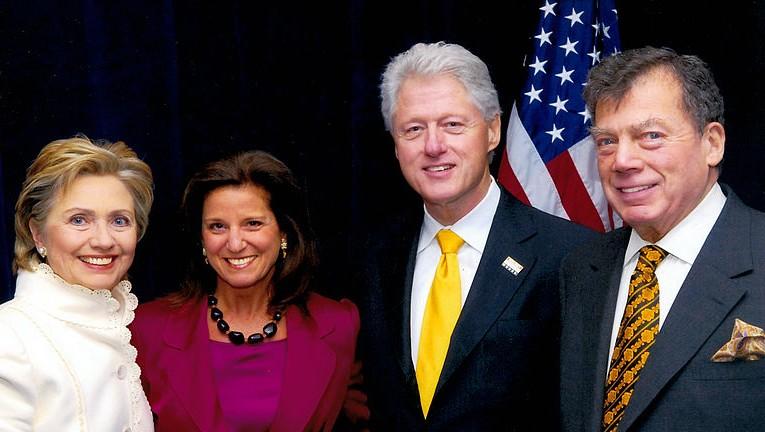
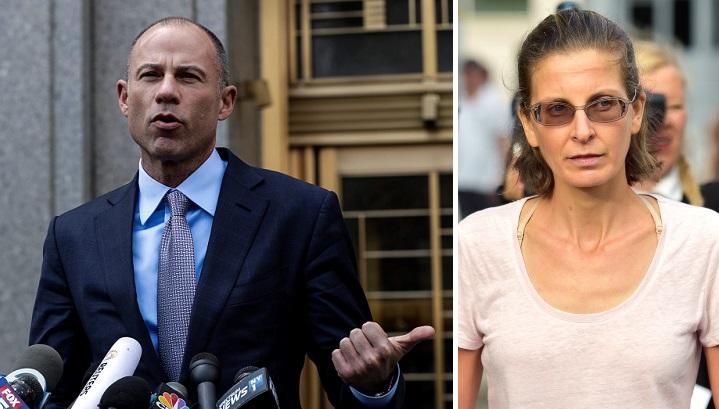
 At the end of last year, Congress passed a
At the end of last year, Congress passed a